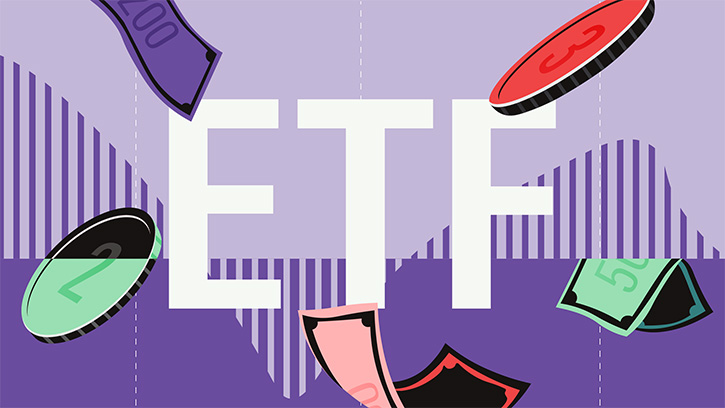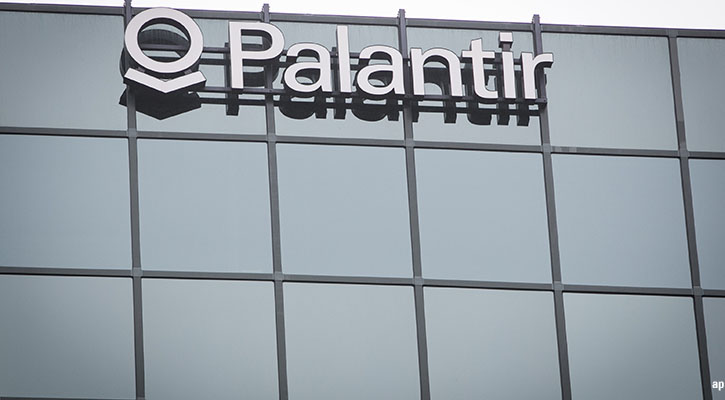There is something rather extraordinary happening in the funds market. In any other market it would not feel extraordinary at all. It happens all the time. In fact, until its recent announcement, Primark was doing rather well because of it. I am of course referring to the start of a pricing--let’s call it--'war' in anticipation of things to come.
For as long as I can remember retail investors have paid an annual management charge in the region of 1.5% per annum for their active funds. With other charges it actually costs them more but let’s keep it simple for the purpose of this discussion. They have also paid anywhere between 0.65% and 1.2% per annum for tracker funds, or passive investments, which as an aside are pretty much destined to deliver performance below that of a benchmark, due to the effect of charges.
The latter have already been through much of their own price war due to the arrival of Vanguard and the advent of ETFs, and now one can invest in traditional tracker funds for as little as 0.25% p.a.
It always seemed odd that investors should pay the same for the hope of a little added value over a particular market index or benchmark, say index plus 1% p.a., as for the hope of a greater return, or more out-performance, if you like.
In fact, by virtue of the high cost and lower relative risk taking, it has proven difficult for active fund managers to deliver satisfaction, or indeed stated objectives, in funds with relatively low performance aspirations and more constrained risk parameters, such as core funds. Clearly, there are those who can and do, Chris Rice’s Cazenove European fund being a notable example. By having a freer hand, with fewer relative risk constraints and a more ambitious performance target, managers have more latitude and are more likely to generate outperformance and justify an active approach, and therefore accommodate the active fund management fee.
A Cheaper Structure
It is to be applauded, therefore, that fund management companies have taken this on board and have started to offer core--sometimes referred to as 'institutional'--approaches and are applying a more institutional, or in other words cheaper, pricing structure.
This has two clear, immediate benefits. The first is better value for money, in my view a more appropriate measure for assessing cost than price alone. The second is an increased likelihood that the fund’s, and therefore the investor’s, objectives are met.
JPMorgan Asset Management kicked this off with the launch of its UK Active Index Plus fund in February, which is available for an AMC of 0.25% p.a., although there is a further 0.15% p.a. charged for “operating and administrative” expenses. There is room for a performance fee too: 10% of any outperformance subject to an overall limit; but then it is reasonable to pay a little extra for success.
Schroders has followed suit with the announcement that its UK Core fund, being launched this month, will be offered at an estimated maximum total expense ratio of 0.40% p.a. This fund will target returns of 1% net p.a. above those of the FTSE All Share Index.
That does not mean to say that price is everything. The finer things in life are worth paying for: the reassuringly expensive Stella Artois, for example (although 'finer' in that instance is a matter of opinion) and we all know that investors are happy to pay more for a higher return or higher degree of certainty of a specific return.
The battleground that is competition between funds has long been contested on the grounds of perceived excellence, past performance, experience of fund managers, credibility and brand. The addition of value for money, or in its naked form price, to this is to be welcomed.
This article first appeared on ifaonline.co.uk.






















